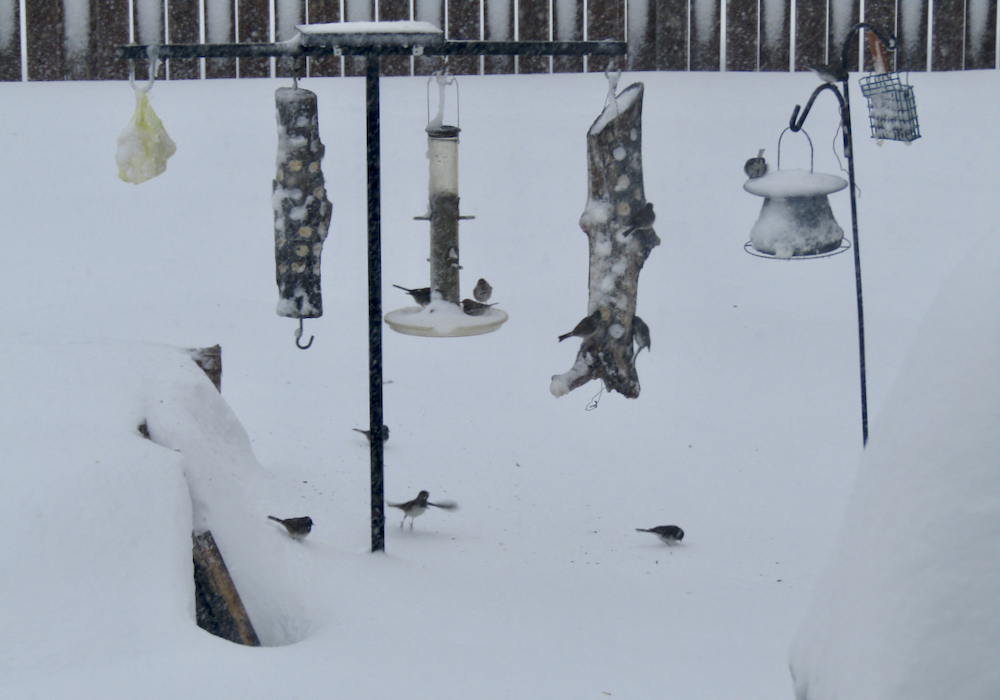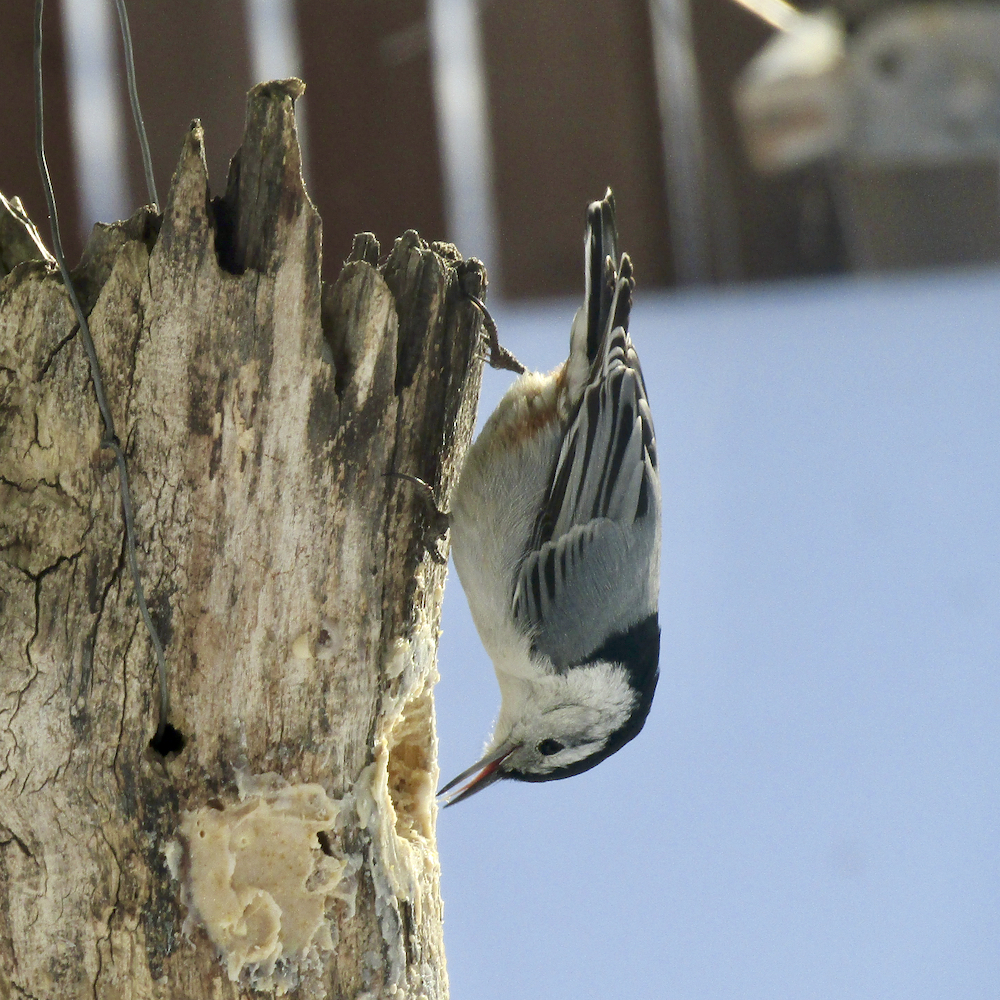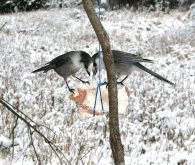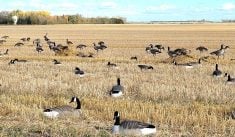Project FeederWatch is an interesting and useful winter activity for bird enthusiasts. If bird-watching and/or feeding is one of your hobbies, consider helping a scientific project at the same time.
The citizen-science research project is operated by Bird Studies Canada and the Cornell Lab of Ornithology. It runs from Nov. 1 through April 30 and helps to monitor winter bird distribution and changing migration patterns.
Participants keep a record of feeder birds two days a week and send reports by email or regular mail. Don’t worry that the season has already started. You can begin partway through and you don’t have to count every week if that is not convenient.
Read Also
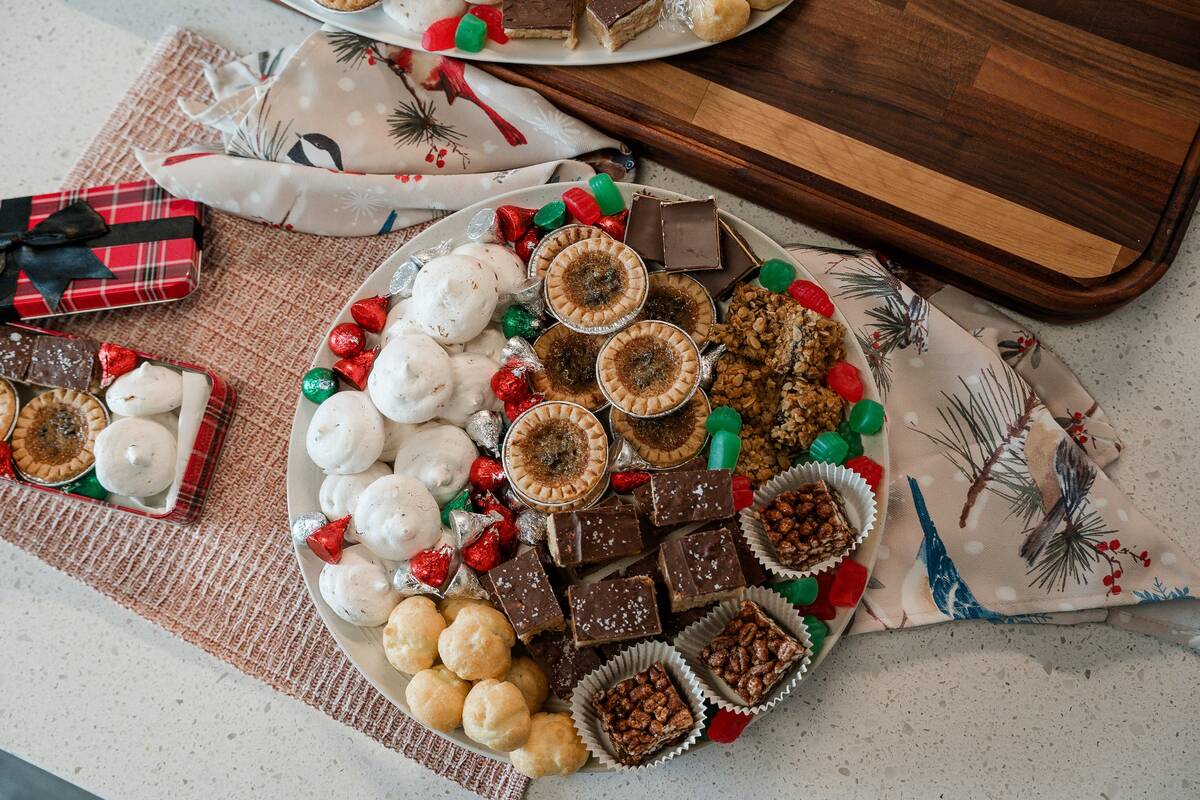
Your best (and easiest) holiday dainty tray
Make-ahead recipes, store-bought goodies and co-operation with friends and family: Here’s how to throw together a stunning, low-stress tray.
Project FeederWatch began at the Long Point Bird Observatory in southern Ontario in the mid-1970s. After joining with the Cornell Lab, the project spread to include all North America. Now in its 36th season, it had more than 25,000 participants last year.
Participants make a donation (of any amount) to belong to the program because fees are needed to pay for the website, data analysis, printing and publishing of materials. A donation of $50 will also get participants a subscription to BirdWatch Canada quarterly magazine.
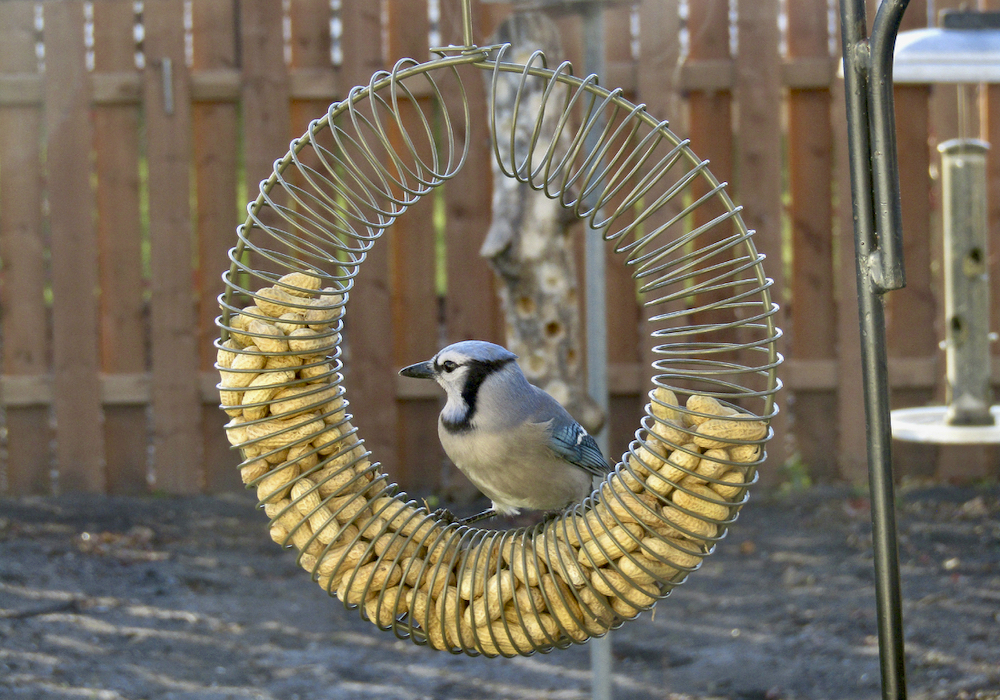
Your own statistics can be checked and monitored on the website or you can study the provincial statistics by year. For instance, you could learn that black-capped chickadees were counted at about 95 per cent of all monitoring stations in Manitoba and were the most common bird across all of Canada, followed by downy woodpecker and dark-eyed junco.
For project information, or to sign up, visit the Birds Canada website or call 888-448-2473.
If you are a beginner birder who may be reluctant to start feeding or watching birds because you don’t know the species, then winter is an excellent time to begin. There are fewer types of birds around in winter, and a little studying in a bird book or on the internet will soon help you identify the most common ones.
Chickadees, blue jays, house sparrows, two types of nuthatches and three sizes of woodpeckers are the most frequent visitors. One good website Project FeederWatch.
Those who join Project FeederWatch will receive posters of common feeder birds to help with identification. Other resources include an app and online support from Bird Studies Canada.
Beginners don’t need to worry about fancy bird feeders, either. You can start with a simple home-made wooden feeder or even a shallow pan attached to a deck railing by a clamp.

With the arrival of snow, many food sources are no longer available, and songbirds that overwinter have learned to rely on humans for food. If you want fancier feeders, try a specialty bird store. However, you don’t even need a feeder if you have plantings and habitat that attract birds in winter.
The easiest and best way to attract birds is to offer black oil sunflower seeds. This is the favourite of most winter birds and can be bought at hardware stores, pet or bird stores and sometimes directly from a farmer. Mixed bird seed is another choice and I sometimes use this, but there is a lot of waste in these bags.
Suet is a good food source that attracts many species, particularly downy and hairy woodpeckers. Suet cakes can be store-bought, but I find birds prefer a homemade mixture of suet, peanut butter, cornmeal, flour and sunflower seeds. One of my preferred feeders is a homemade suet log – a log with holes drilled into it that I stuff with the suet mixture. (See recipe at bottom).
Unsalted peanuts in the shell are a favourite of blue jays. You can purchase coil wreathes for peanuts, but these will be rapidly emptied by blue jays that like to hide peanuts for future use. I prefer to put out a few peanuts a couple of times a day to keep them coming back.
If you join Project FeederWatch, your information will be used in scientific research. Your hobby can be useful, too.
Recipe for suet mixture
(Amounts can be varied)
- 1 cup melted suet or lard
- 1 cup crunchy peanut butter
- 2 cups quick oats
- 2 cups cornmeal
- 1 cup flour
- Shelled sunflower seeds or mixed bird seed
Melt the suet, stir in the other ingredients, and once it has thickened and cooled a little, stuff the mixture into holes drilled in a log. Alternatively, let it harden into small suet cakes.
